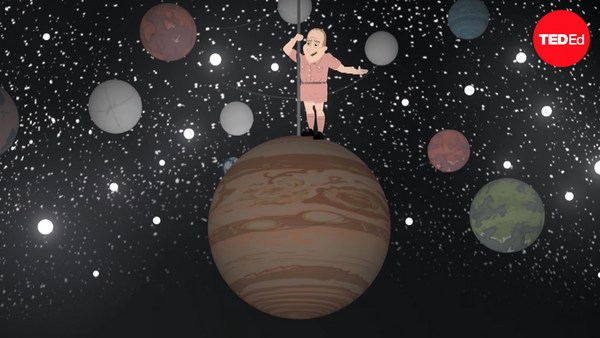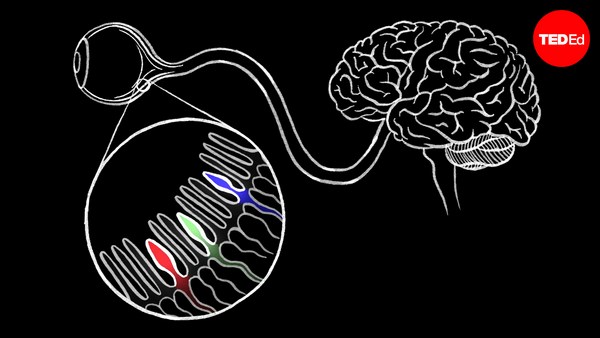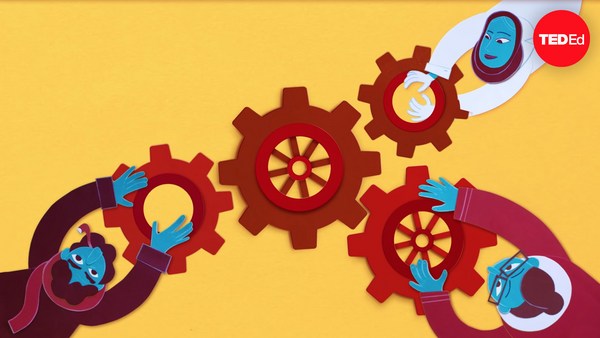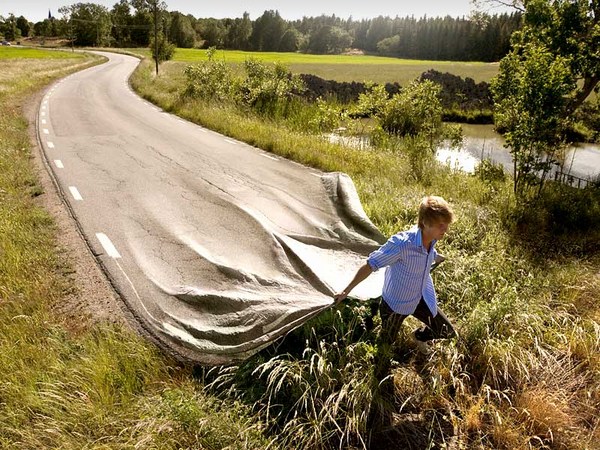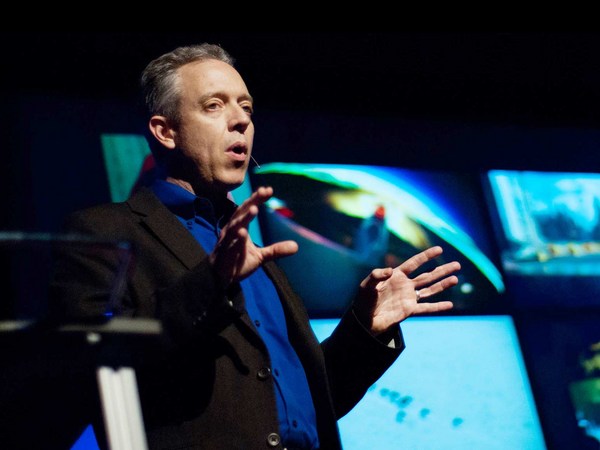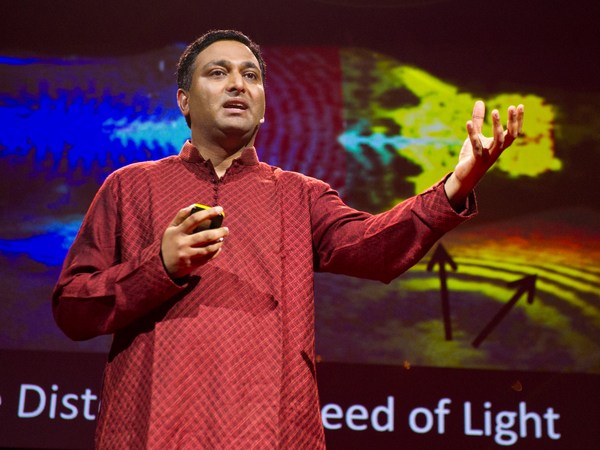The human eye is one of the most powerful machines on the planet. It's like a 500 megapixel camera that can run in bright light, in near darkness, and even under water, though not real well. It communicates to our brains so much about the world. Our eyes are how we find partners, how we understand the people around us, how we read, and how we watch game shows on TV where people get knocked into cold water by padded wrecking balls. Yup, the human eye is pretty neat, and we're lucky enough to have two of them. But, there are things that, despite looking really hard, we still can't quite see. For example, you can watch a horse galloping, but your eyes can't keep up with its fast-moving hooves enough to figure out whether all four feet are ever off the ground simultaneously. For these types of questions, we need cameras. About 150 years ago, the photographer Eadweard Muybridge used one to solve the galloping horse mystery. Using careful photography, Muybridge proved that at certain points as it gallops, a horse really is flying. "Look, ma! No hooves!" Since then, photography has found its way into all aspects of math and science. It enhances our understanding of a world we thought we could already see, but it's one which we really need help to see a little better. It's not always a matter of the world moving by too quickly for our eyes to process. Sometimes cameras can help us see matter or movements that are too small for the naked eye. Botanists use multiple photographs to show the life cycle of plants and how flowers turn over the course of a few hours to follow the sun in what is called phototropism, growing towards the light. Mathematicians have used photos to look at where in the twists and turns of a whip the crack sound comes when the whip is breaking the sound barrier. Meteorologists and environmental scientists show the growth of major hurricanes and the recession over the years of many of the world's glaciers. Slow-motion film or high-speed photography have shown us the beating of a hummingbird's wings and the course of a bullet through its target. In one project, cadavers, that's dead bodies, were frozen and sliced into thousands of wafer-thin discs. The discs were photographed to produced animated movies that allow a viewer to travel up and down the skeleton, and into the flesh, and through the bones, and the veins, and, perhaps I should have suggested you don't watch this during dinner, my bad. In classrooms today, the camera, now present in just about every phone and computer, allows the youngest scientists to observe the world around them, to document it, and to share their findings online. Whether it's the change of seasons or the growth of the germinating seed, cameras are allowing us to see a beautiful world through new eyes.
